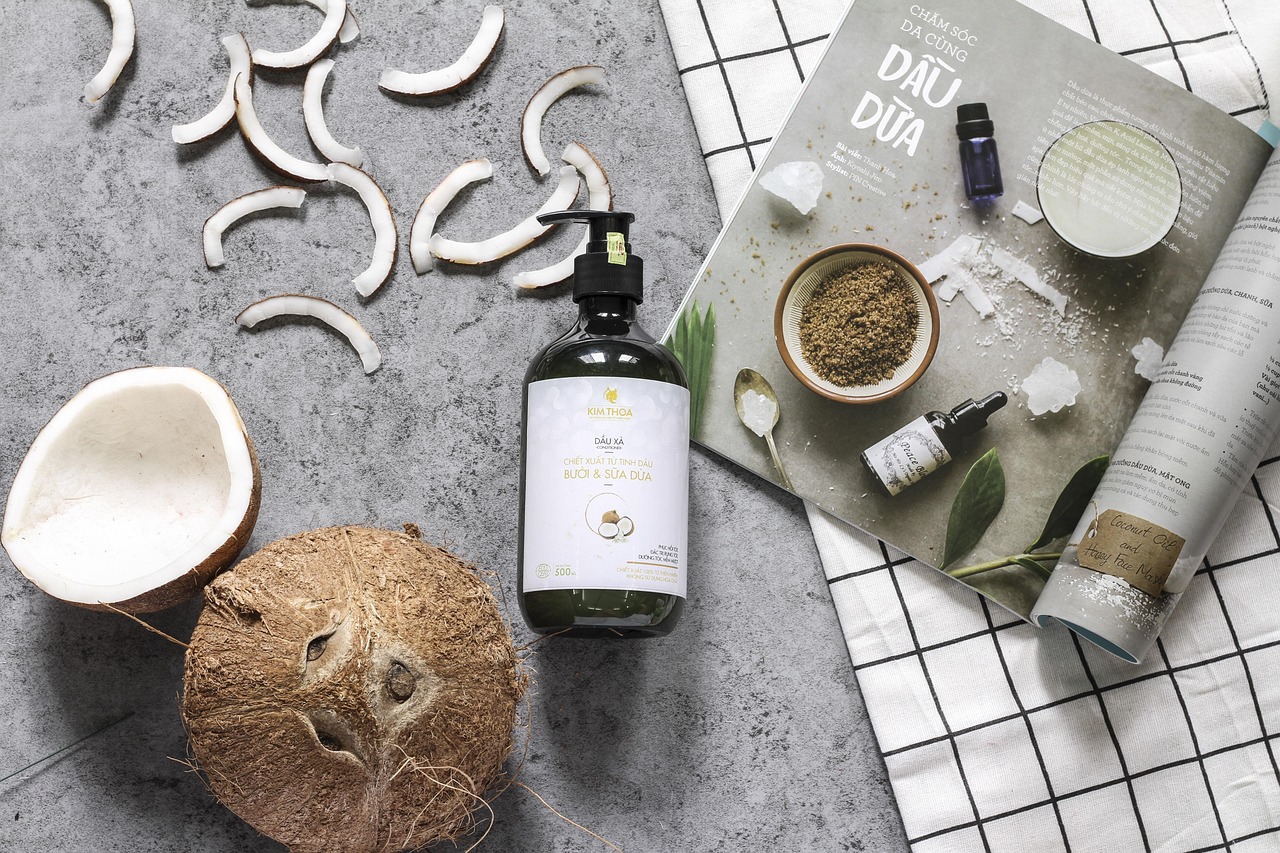
Silicones (such as dimethicone, cyclomethicone, phenyl trimethicone, and various siloxane derivatives) have held prized roles in cosmetic formulations for many decades. Aside from being economical, many silicone formulations offer a smooth glide, non-greasy feel, film-forming ability, and compatibility across countless oil- and water-based systems. As such, they’ve become a go-to for cosmetics manufacturers that want to deliver sensorial elegance without the high sourcing costs.
However, the excellent properties of silicones do come with drawbacks. Most are derived from petrochemical feedstocks, which can be off-putting for health- and eco-conscious users. Similar to other petrochemical products like plastics, many silicones are not readily biodegradable and can persist in the environment for years. Certain cyclic silicones (e.g., D4, D5) face regulatory scrutiny or restrictions in rinse-off cosmetics, particularly in Europe.
Certain users may also experience performance issues. Today, there are claims that products with silicones may build up in the body or trap sebum over time, potentially leading to congestion and breakouts. Some users also claim that products with silicones produce an undesirable “heavy feeling” when applied.
The sensory advantages of silicones are not easy to replace, but coconut-derived materials are now showing a lot of promise. In many cases, carefully chosen coconut-based esters, alkanes, or derivatives can serve as an effective natural silicone alternative, offering cosmetics manufacturers a wonderful balance between functional performance and sustainability.
That said, coconut products are not always a one-to-one substitute for silicone compounds. Below is a 6-point guide to help cosmetics manufacturers use coconut-based options when replacing silicones.
1) Identify Which Silicone Function You Are Replacing
Before making a substitution, identify what the silicone actually does in your formula. For instance, ask if it is:
- A dry-touch emollient (for light slip and spread)
- A film-former or slip-enhancer (e.g., in hair serums)
- A viscosity modifier or rheology aid
- A gloss/slick finish-imparting agent
Knowing what you’re replacing is important because coconut derivatives won’t replace every silicone function equally well. This is seldom an issue for new products, but existing products with an established user base may react negatively to any changes, even when they are technical improvements. If you’re able to map silicone roles in your product to start, you can choose coconut-based substitutions more precisely and achieve desired consistencies without over-formulation.
2) Select the Right Coconut-Derived Derivatives (Esters, Alkanes, etc.)
As is, raw coconut oil is often too heavy or greasy for many formulations. However, its derivatives can offer more refined functionality. Some useful coconut-based options include, but are not limited to:
- Coconut Alkanes: Derived via hydrogenation/reduction of coconut fatty acids, these act as lightweight, non-greasy emollients with a fast-drying sensation.
- Coco-Caprylate / Caprate: Commonly used in tandem with coconut alkanes, this ester gives a slippery feel and may help with solubilizing or dispersing certain ingredients.
- Fractionated Coconut Oils: These have better spreadability and lower viscosity than straight coconut oil, useful in leave-on serums. Fractionation also allows for more targeted functionalities.
With these derivatives, you can tailor qualities such as spread and after-feel more flexibly than with a single bulky oil.
3) Blend Coconut Derivatives with Modifiers for Balance
In many formulations, combining coconut derivatives with lighter oils (e.g., caprylic/capric triglycerides, squalane, or isotridecyl esters) can help fine-tune the feel. If coconut alkanes alone feel too slippery or volatile, blending in small percentages of other non-greasy ingredients may help achieve your target sensorial profiles. Blending in some antioxidants is advisable to prevent rancidity and ensure shelf stability.
4) Adjust Rheology and Stability to Mimic Silicone Behavior
Silicones often contribute to viscosity and film properties. To approximate silicones’ sought-after qualities, consider adding thickeners or gelling agents to coconut substitutes to maintain emulsion stability and the right viscosity.
Certain polysaccharides and natural polymers can also be added to coconut derivatives to give them a film quality more similar to silicones. If you have to benchmark against an existing silicone formula, be sure to trial spreadability, pilling, and reapplication so that users of the original formula have a consistent experience, even after substitution.
5) Test and Validate Across Climates, Including Tropical and Desert Conditions
High ambient heat and cold climates can pose formulation challenges, as coconut derivatives may behave differently under extreme temperatures. If your target markets are in hot or cold climates, it’s essential to test your silicone-free (or low-silicone) formulations under stress. Be sure to test hot storage, freeze-thaw cycles, accelerated aging, and real-life shelf exposure. Don’t forget to assess how the feel and stability perform on various skin types and hair types common in your target markets.
6) Embrace Marketing Transparency and Certification
Coconut-based formulas have long held a serious consumer appeal. Positioning a formulation as “silicone-free” or built with “plant-derived emollients” can align it with today’s clean beauty and green trends.
That said, if you use coconut-based alternatives, you should transparently disclose that the product does not rely on petrochemical silicones but rather uses coconut-derived esters or alkanes to deliver sensory benefits. If possible, seek third-party certification (e.g., COSMOS, ECOCERT, etc.) to validate your claims and reassure your markets.
Making the Shift to a Natural Alternative
In truth, shifting away from silicones is not always so straightforward. These compounds are well-understood and can be highly effective for their intended applications. But with global cosmetic markets now focused on sustainability and consumer trust, coconut-based derivatives can offer manufacturers a compelling balance of performance and natural origin.
Whether it’s used in serums, creams, hair oils, or leave-on products, coconut products can be formulated to retain the sensory qualities of traditional silicones. As you experiment with your options, consider small-scale pilot runs, blind sensory panels, and comparative benchmarks. Once you find the right combination and the right supplier, you can then scale up with confidence.
Related Articles:
– Married Life 101: Tips for Getting Ready for Your Wedding Drill and Beyond
– Fresh and Innovative Wedding Ideas
– 8 Money Mistakes to Avoid as Newlyweds
– The Most Popular Wedding Flowers and Their Meanings
– The Best Wedding Guest Dresses for Dancing the Night Away

